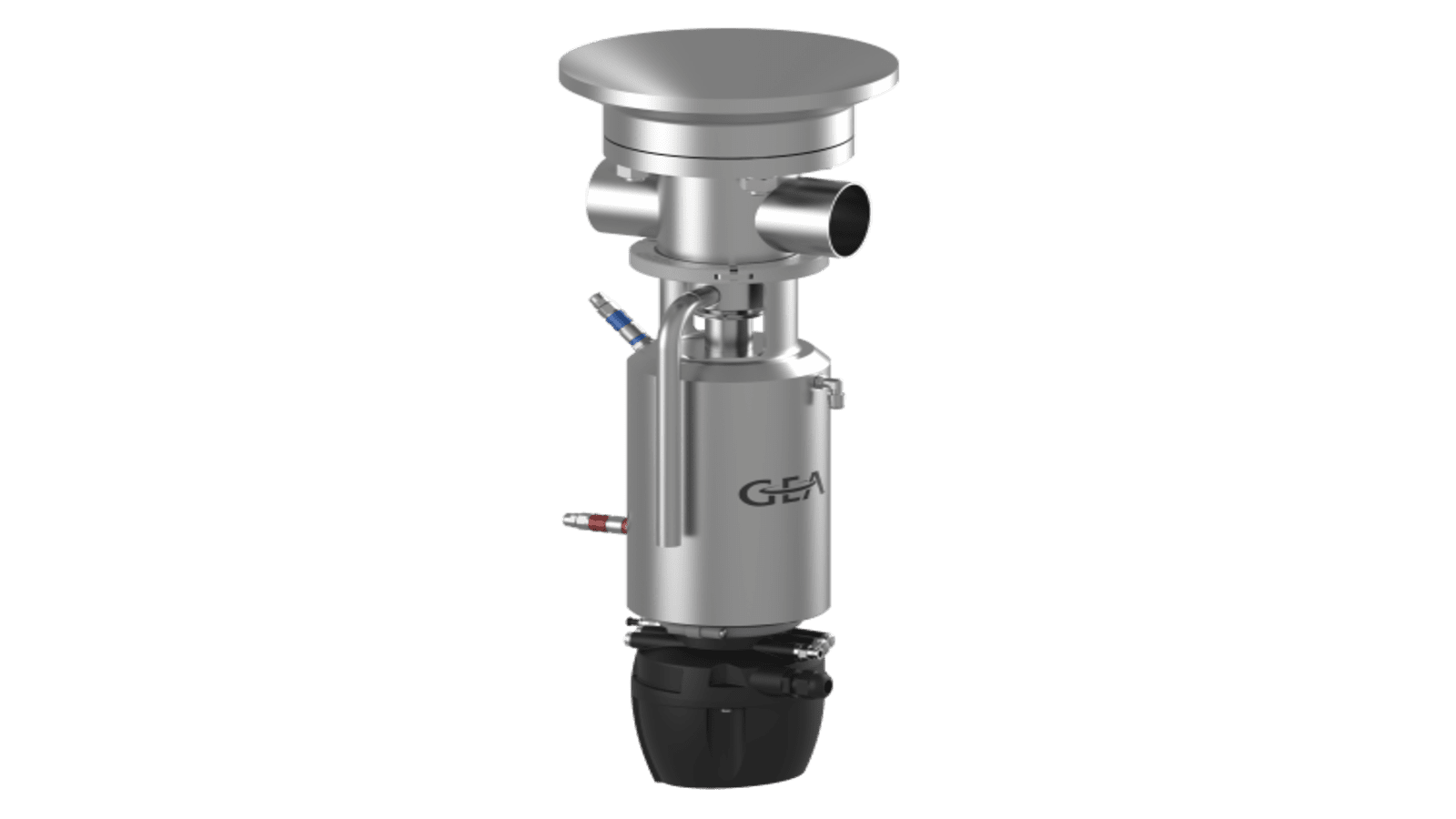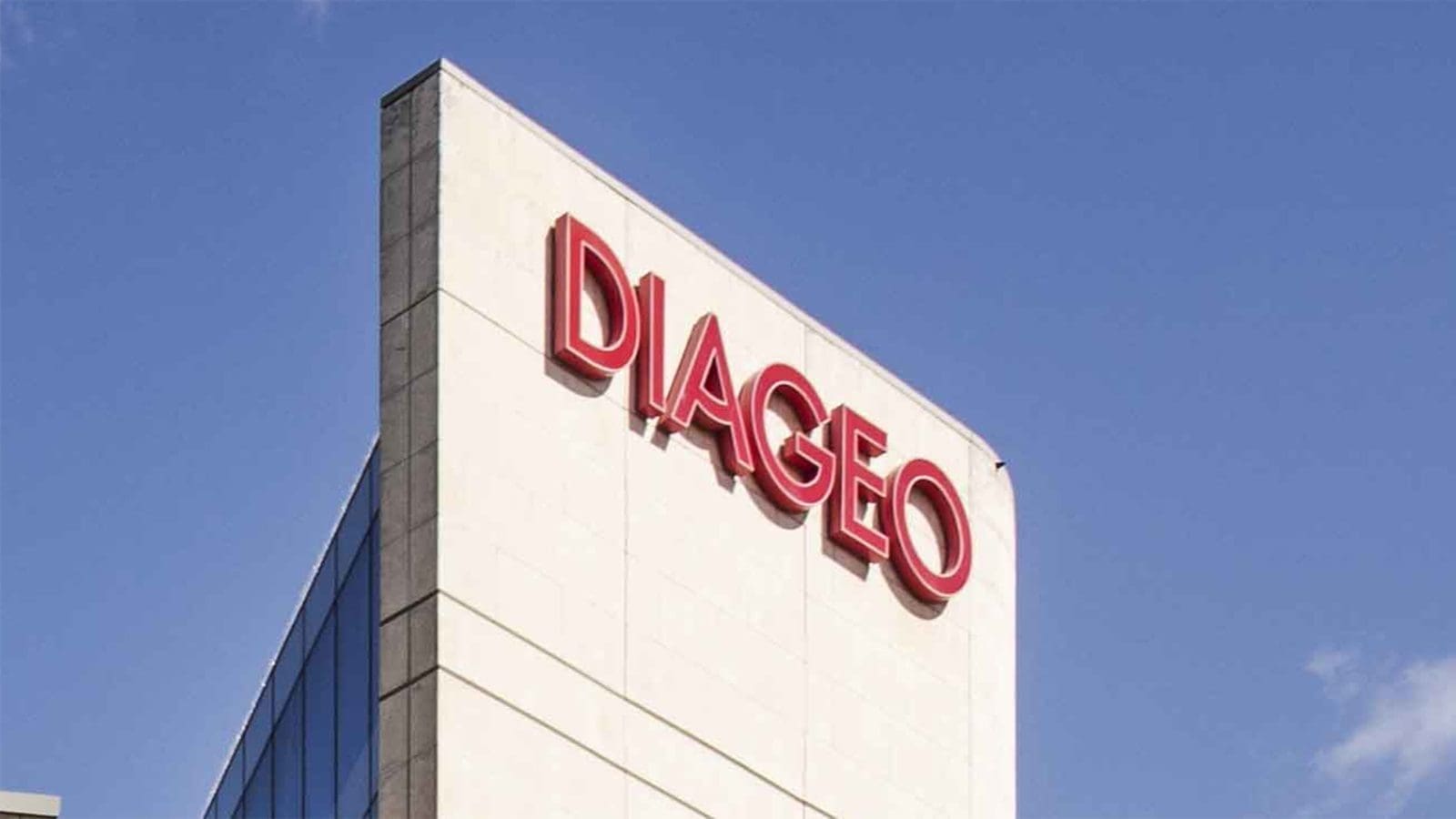GERMANY – Food processing equipment supplier GEA has launched a new leakage valve to help processors maintain high safety standards in their UltraClean process lines.
UltraClean process is the second highest hygiene level where products have greater hygiene risk than classic hygienic applications, but they still have no need for the high-end version of a complete aseptic process chain.
In a food processing setting, Extended shelf life (ESL) processing is a good example of such processing lines where completely aseptic processes are not used.
According to GEA, the GEA Aseptomag LV leakage valve is a mixproof double-seat valve designed for manufacturers of foods and beverages who maintain high safety standards in their UltraClean process lines.
Its launch closes the gap in GEA’s valve portfolio between media that need to be processed hygienically and those where a consistently aseptic process is called for.
The former applies to applications with lower microbial risk, and the latter to sensitive products used for medical and infant feeding purposes.
This means for ESL products, like fruit yogurt and ESL milk, where completely aseptic processes are not used, the area between the two valve seats no longer has to be designed as a sterile chamber.
The new LV valve uses stainless steel bellows enabling it to block microorganisms from being drawn into the product chamber, keeping the process and the product safe from contamination.
With hermetically sealing valve stems, bellows valves also achieve a higher hygienic standard, which makes for better product quality and a longer minimum shelf-life.
By significantly mitigating the risk of contamination in this hygiene class, GEA notes that the GEA Aseptomag LV leakage valve enables processors to make products more durable – with less preservatives.
PerkinElmer launches new liquid food testing platform
Meanwhile, global provider of end-to-end diagnostic solutions PerkinElmer, Inc. has launched a new FT-IR liquid food testing platform to help processors create safe and high-quality products.
The LactoScope 300 system includes instruments, software and streamlined workflows and is used to detect key markers such as fat, protein and lactose levels in milk, cream and whey.
The system which part of PerkinElmer’s FT-IR dairy portfolio can also be used to detect adulterants including urea, ammonium sulfate, maltodextrine, sucrose and water in raw and processed milk.
IT features a step-by-step pre-developed workflows and intuitive touch-screen and software interfaces to enable users to simply place liquid samples into the instruments.
Once samples have been placed, it takes under 45 seconds to generate results which are displayed on a 12-inch touch screen.
With the streamlined approach, new users can also learn to perform mission critical analyses in seconds.
“Having intuitive, affordable and powerful testing and analysis solutions like the LQA300 and LactoScope 300 FTIR systems gives customers the insights to make more informed, real-time decisions and take actions to improve quality, reduce waste and meet both regulatory and consumer demands,” Greg Sears, VP and GM of food at PerkinElmer
The new FT-IR platform is part of PerkinElmer’s food analysis portfolio spanning dairy, beverages, grain, seafood, meat, produce, oils and spices, and cannabis testing workflows.
Liked this article? Subscribe to Food Business Africa News, our regular email newsletters with the latest news insights from Africa and the World’s food and agro industry. SUBSCRIBE HERE











